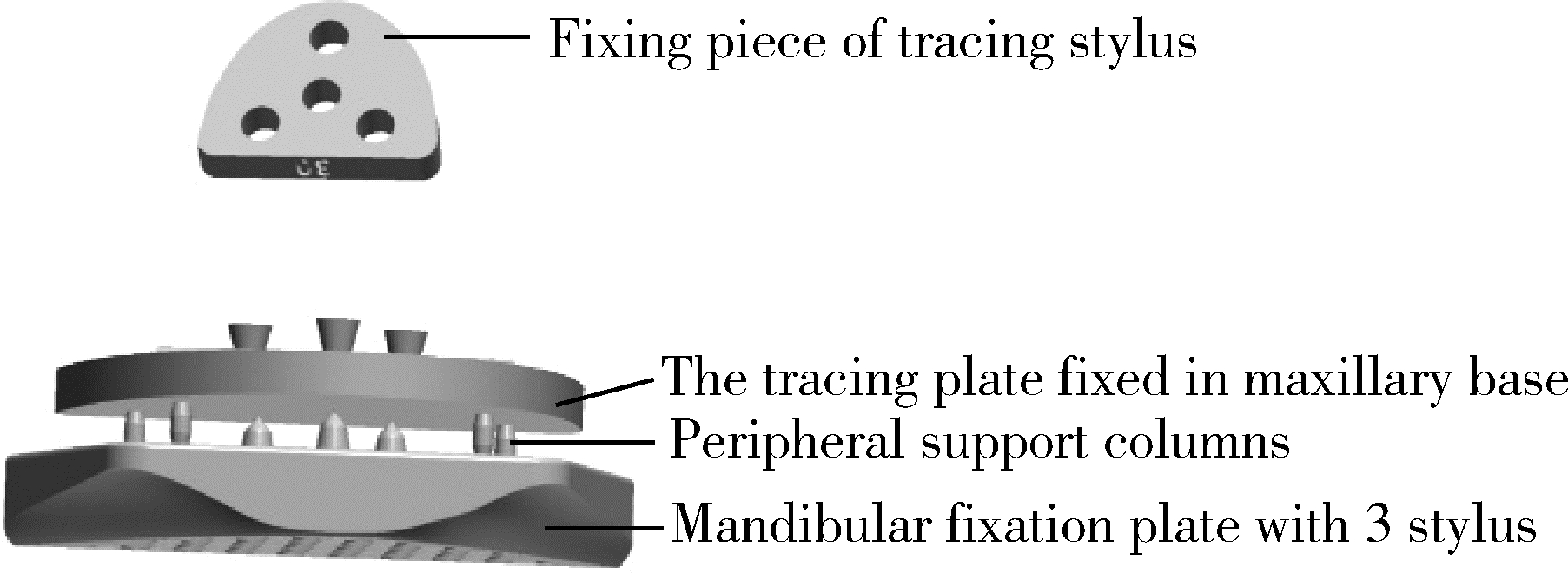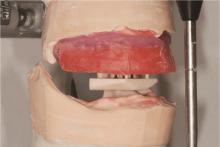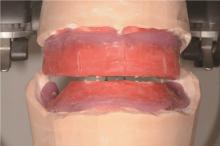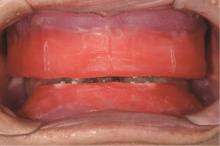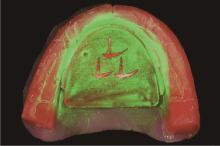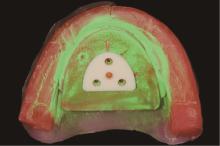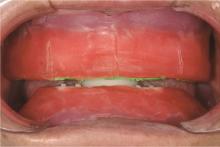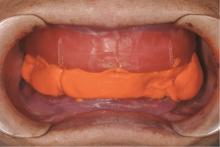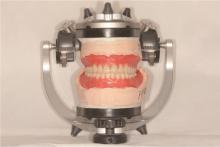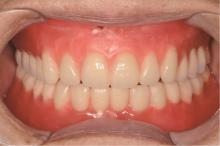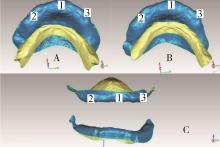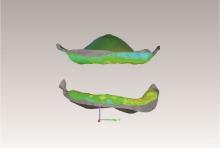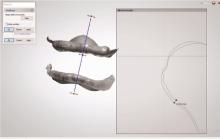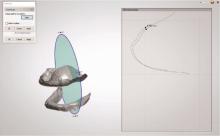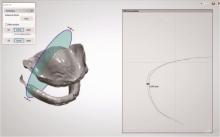Journal of Peking University (Health Sciences) ›› 2023, Vol. 55 ›› Issue (1): 101-107. doi: 10.19723/j.issn.1671-167X.2023.01.015
Previous Articles Next Articles
A clinical application study of digital manufacturing simple intraoral Gothic arch-tracing device in determining the centric relation of complete dentures
Tuan-feng ZHOU*( ),Xue YANG,Rui-jie WANG,Ming-xuan CHENG,Hua ZHANG,Jin-qi WEI
),Xue YANG,Rui-jie WANG,Ming-xuan CHENG,Hua ZHANG,Jin-qi WEI
- First Clinical Division, Peking University School and Hospital of Stomatology & National Center of Stomatology & National Clinical Research Center for Oral Diseases & National Engineering Research Center of Oral Biomaterials and Digital Medical Devices & Beijing Key Laboratory of Digital Stomatology & NHC Research Center of Engineering and Technology for Computerized Dentistry & NMPA Key Laboratory for Dental Materials, Beijing 100034, China
CLC Number:
- R781.0
| 1 |
吴国锋. 无牙颌正中关系位的哥特式弓描记与转移[J]. 实用口腔医学杂志, 2011, 27 (6): 877- 880.
doi: 10.3969/j.issn.1001-3733.2011.06.040 |
| 2 |
Sirana P , Kumar N , Malhotra A , et al. Comparative analysis of sagittal condylar guidance recorded by intraoral Gothic arch tracing and panoramic radiograph in completely edentulous patients[J]. J Contemp Dent Pract, 2018, 19 (11): 1301- 1305.
doi: 10.5005/jp-journals-10024-2422 |
| 3 | 胡婷姿, 杨海萍, 肖沛, 等. Zebris下颌运动分析系统的应用与研究现状[J]. 口腔医学, 2021, 41 (12): 1129- 1133. |
| 4 | 陈俊鹏, 王晶, 吕列夫, 等. 基于口内扫描配准的下颌运动模拟的精确性检验与初步应用[J]. 口腔医学研究, 2021, 37 (11): 1023- 1028. |
| 5 |
Mann RS , Ruse N . Fracture toughness of conventional, milled and 3D printed denture bases[J]. Dent Mater, 2022, 38 (9): 1443- 1451.
doi: 10.1016/j.dental.2022.06.029 |
| 6 |
Yoshidome K , Torii M , Kawamura N , et al. Trueness and fitting accuracy of maxillary 3D printed complete dentures[J]. J Pros-thodont Res, 2021, 65 (4): 559- 564.
doi: 10.2186/jpr.JPR_D_20_00240 |
| 7 |
刘建彰, 徐军. 不同垂直距离下肌力闭合道终点位与正中关系位的关系[J]. 北京大学学报(医学版), 2010, 42 (1): 56- 59.
doi: 10.3969/j.issn.1671-167X.2010.01.013 |
| 8 |
刘向晖, 刘建彰, 谢秋菲, 等. 长正中 型总义齿的咀嚼效率和满意度的初步评价[J]. 北京大学学报(医学版), 2013, 45 (1): 50- 53. 型总义齿的咀嚼效率和满意度的初步评价[J]. 北京大学学报(医学版), 2013, 45 (1): 50- 53.
|
| 9 |
Williamson RA , Williamson AE , Bowley J , et al. Maximizing mandibular prosthesis stability utilizing linear occlusion, occlusal plane selection, and centric recording[J]. J Prosthodont, 2004, 13 (1): 55- 61.
doi: 10.1111/j.1532-849X.2004.04001.x |
| 10 | 冯海兰, 欧阳官, 张成藩. 无牙颌人全口义齿最广泛接触位地临床研究[J]. 口腔医学, 1985, 5 (4): 182- 185. |
| 11 |
Nuytens P , D'haese R , Vandeweghe S . Reliability and time efficiency of digital vs. analog bite registration technique for the ma-nufacture of full-arch fixed implant prostheses[J]. J Clin Med, 2022, 11 (10): 2882.
doi: 10.3390/jcm11102882 |
| 12 | Li W , Yuan F , Lv P , et al. Evaluation of the quantitative accuracy of 3D reconstruction of edentulous jaw models with jaw relation based on reference point system alignment[J]. PLoS One, 2015, 10 (2) |
| 13 | Kawasaki T , Takayama Y , Yamada T , et al. Relationship between the stress distribution and the shape of the alveolar residual ridge: Three-dimensional behaviour of a lower complete denture[J]. J Oral Rehabil, 2001, 28 (10): 950- 957. |
| 14 | Sawada A , Wakabayashi N , Ona M , et al. Viscoelasticity of human oral mucosa: Implications for masticatory biomechanics[J]. J Dent Res, 2011, 90 (5): 590- 595. |
| 15 | Lo Russo L , Caradonna G , Troiano G , et al. Three-dimensional differences between intraoral scans and conventional impressions of edentulous jaws: A clinical study[J]. J Prosthet Dent, 2020, 123 (2): 264- 268. |
| [1] | ZHANG Lei, LI Yun-xia, KANG Yan-feng, YANG Guang-ju, XIE Qiu-fei. Comparison of self-controlled retruded approach and bimanual manipulation method on the relationship of incisal point displacement in the mandibular retruded contact position [J]. Journal of Peking University(Health Sciences), 2014, 46(1): 67-70. |
|
||

